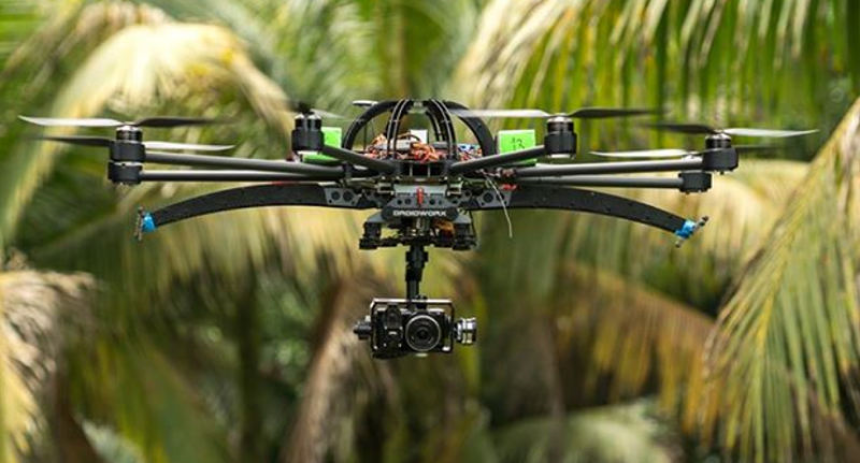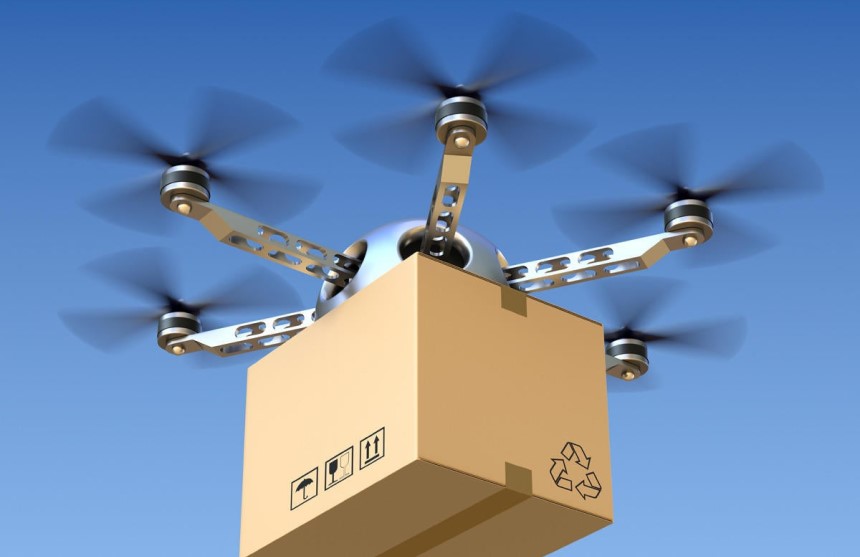Are you a drone operator wondering what the Costa Rica drone laws say to get great footage of the vacation destination’s wild forests, beaches, and sleeping volcanoes? We have done your research for you by perusing the Direccion General de Aviacion Civil of Costa Rica to find out what you can and cannot do. You might be surprised to find out that flying a drone is absolutely legal in Costa Rica, but there are many strict rules you have to follow before you can launch your quadcopter in this sunny country’s sometimes wild and stormy skies. Perhaps the most difficult thing about Costa Rica drone laws is all of the certifications that are required Trusted Source | Global Drone Regulations Database The scope of application covers all air operators operating in the territory Costa Rican, and that are duly recognized by the General Directorate of Civil Aviation. www.droneregulations.info before you can do any unmanned aerial filming.
In Costa Rica, the general drone regulations are as follows:
Once you have the Costa Rica drone registration and understand the rule, you can fly your drone and film long beautiful sequences of Costa Rica’s natural beauty. The more expensive your drone is, the longer it can stay in the air. Most high-end drones can fly between 25 to 31 minutes, and some professional-grade quadcopters can stay in the air for as long as 50 minutes. This enlightening article has more information about maximum flight times for drones.
Certain situations require you to have permission before filming with your drone. Costa Rica has several specific no flight zones because of security, ecological, or safety reasons, including:
There are also slight differences about where and how you can use a drone depending on whether you are using the footage for recreational or commercial purposes. It is particularly important to determine if you need to fly over one of Costa Rica’s many national parks.

The recreational use of drones is the operation of unmanned or model aircraft for personal interest and enjoyment.
No special regulations are required of recreational drone pilots, but you must follow the basic rules above as outlined by the DGAC, but you are not required to register the drone. Note that there are several names used for drones in Costa Rica, including Small Unmanned Ariel Systems (SUAS), unmanned aerial vehicle (UAV), and Remote Piloted Ariel Systems (RPAS.) A more comprehensive explanation of (SUAS) and other unmanned vehicles can be found in the Skybrary Trusted Source Unmanned Aerial Systems (UAS) - SKYbrary Aviation Safety These systems include, but are not limited to, Remotely Piloted Air Systems (RPAS) in which the UAV is controlled by a ‘pilot’ using a radio data link from a remote location. www.skybrary.aero . You also don’t have to register a drone if it weighs less than 25 kg, as this qualifies it to be a toy drone. Toy drones rarely soar more than 30 ft in the air.

The Federal Aviation Administration considers any sUAS flight that promotes a business in any way to be a commercial drone flight (also known as non-recreational).
Special permissions are usually required for commercial drone use, especially if you are flying over a city. Commercial operators must obtain a DGAC drone registration number that is then also attached by sticker to the drone itself. You can bring your drone to Costa Rica and it is immensely helpful to register your drone with the FAA. Accomplishing this step while you are still in your home country will go a long way to helping you get the permissions you need to fly a drone in Costa Rica.
The certification for flying drones in Costa Rica means that you have passed several theoretical and practical courses, including an initial aeronautical knowledge exam that proves that you know the basics of operating Unmanned Aircraft. The cost of drone certification can vary, depending on where you are from, but in general, in costs about 175.00 U.S. You will also possibly be required proof of attendance at a safety seminar or proof of a legal, endorsed self-paced study program
You must also be over 18 years of age, present a high-school diploma, and have over 10 hours of experience flying.
Before traveling to a vacation destination like Costa Rica, it is good to invest in a good drone of professional or near-professional quality. You can browse through scores of affordable drones for adults with professional-level cameras made by reputable drone manufacture called Holy Stone.
If you want to do some fancy filming with deft moves, then you can also purchase a sophisticated quadcopter with a 2 axis gimbal and pro camera and over an hour of flight time by Ruko or Contixo. Better quality cameras are always recommended when flying in a foreign country as they are less likely to break down or be in some non-compliance with the country’s regulations.
When it comes to flying a drone in Costa Rica, you are well-advised, to be honest about whether or not you will be shooting footage for commercial or personal use and then follow the guidelines accordingly. It really does help to look like a pro by presenting all of the pertinent certifications and permissions to authorities. Having a high-quality Roku or Holy Stone drone camera (with GPS so that you can locate it if it goes down) also shows that you are serious about your drone shooting. Intend to be considerate secure and safe about it and know how to land the drone in case of an emergency or the probability of an accidental violation of any of the Costa Rica Drone Laws.